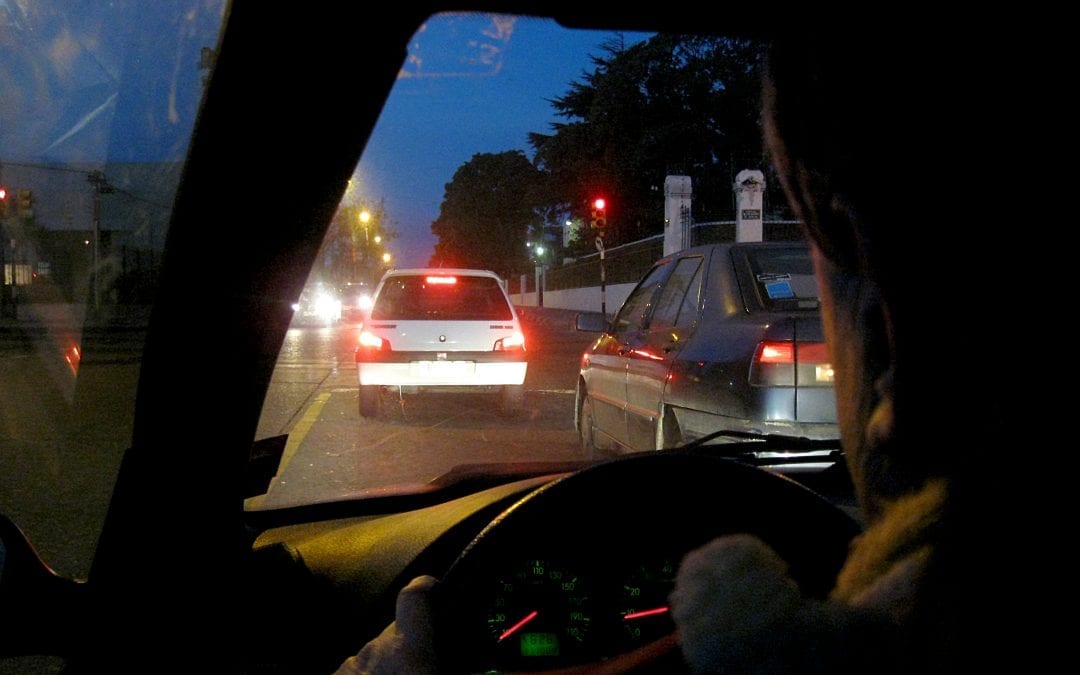Every fall we can expect the days to get shorter and the dark to hit us much more quickly following Daylight Savings on November 1.
During transition times like these, it’s vital to be extra cautious while driving. A change as small as leaving work when it’s dark can take adjusting to. One surprising study in 1995 revealed that the number of accidents involving cars and pedestrians increased substantially just after the fall time change.
As we adjust our lifestyles and schedules to the new routine, keep safe driving habits in mind. Though it’s the same highway you’ve driven down a thousand times, a lot changes on the road when the sun goes down. Consider these ways to adapt your driving behaviors to keep you and others safe on the road.
Be Cautious at Dusk
Shapes can play tricks on you while driving when the light is changing. The complex way light moves at dusk can create movement and alter the landscape in front of us. Shapes you can see during the day or even with headlamps after dark won’t be as clear when the sun is going down. Couple that with the increase of pedestrians on the streets during that time (particularly kids), and you have a recipe for a hazardous situation.
Dusk is the time most middle school or high school practices end, so it’s important to be aware of kids on the road. They may remember to look both ways before they cross the street, but some still walk the on the wrong side of the road and pay little attention to signals.
Get Plenty of Rest
With the time shift comes changes to our sleep cycles. Until our bodies adjust to these fluctuations, getting plenty of rest before getting behind the wheel is crucial. According to a recent study, mice that have their sleep cycles disrupted are prone to impulsive behavior and poor decision making. For drivers, that can mean rushing to beat red lights or simply driving too fast.
Pay Attention to the Lights
It may seem obvious, but remember to turn on your lights earlier. Sometimes when driving while the sun is setting, flipping your lights on is the last thing on your mind. But headlamps do more than help you see; they make sure other drivers can spot you on the road.
Until our bodies adjust to the time, we should be more attuned to what’s outside when we get behind the wheel. Though we can’t prepare for all eventualities while driving, using extra caution during transition periods can ensure driver and pedestrian safety.
The legal team at Erney Law wants you to be safe behind the wheel. Remember to transition your driving while your body gets accustomed to the time change. For more information, contact our office today.


